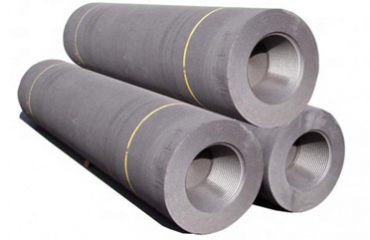The advantages and disadvantages of graphite as a reactor material are as follows:
(1) The graphite has a high scattering cross-section and a very low thermal neutron absorption cross-section, the higher scattering cross-section is used to slow the neutron, and the lower absorption section prevents the neutron from being absorbed, allowing the nuclear reactor to use a small amount of fuel to achieve critical or normal operation.
(2) Graphite is a high-temperature resistant material, its three-phase point, 15MPa is 4,024 ℃, so can not be used in melting, casting, forging and other thermal processing methods can only be used similar to powder metallurgy method. It is not as strong as the metal as the temperature decreases, but slightly increases, in 2000 ℃ the following applications, there will be no problem.
(3) Graphite has good thermal conductivity, in the reactor can effectively reduce the temperature gradient, do not produce too much thermal stress.
(4) Graphite property is very stable. In addition to high temperature oxidation, water vapor, can be acid, alkali, salt corrosion, and thus can be used as molten salt nuclear reactor and uranium-bismuth nuclear reactor core components.
(5) The radiation resistance of graphite is excellent and can serve for 30-40 years in a long period.
(6) Graphite can be processed into various shapes and components.
(7) Graphite is rich in raw materials, cheap, easy to produce high-purity, strong, different density requirements of a variety of nuclear graphite, but graphite also has shortcomings, it is anisotropic crystal structure, in a layered distribution, atoms are concentrated in a, B-plane, the same layer of the nearest distance of 0.141nm, each other for the covalent bonding, with strong adhesion, and the layer distance of 0.335nm, the cohesion of the interlayer is Vandeval force and the binding force is weaker. The anisotropy is strongly manifested in the physics, intensity and irradiation of graphite.

